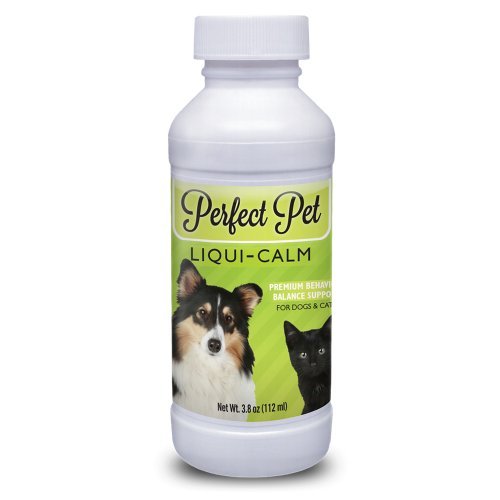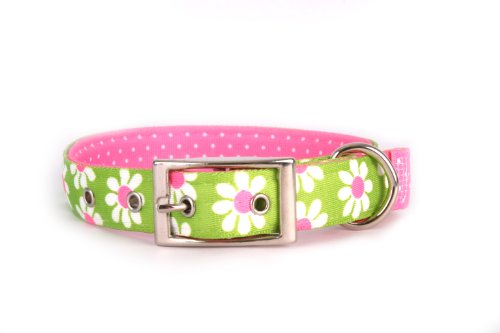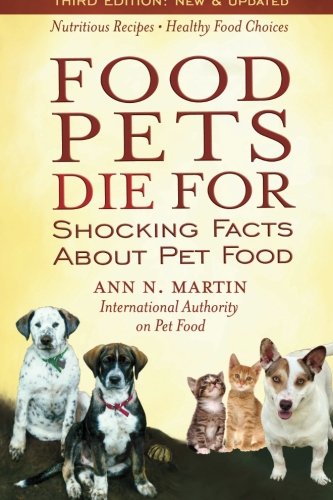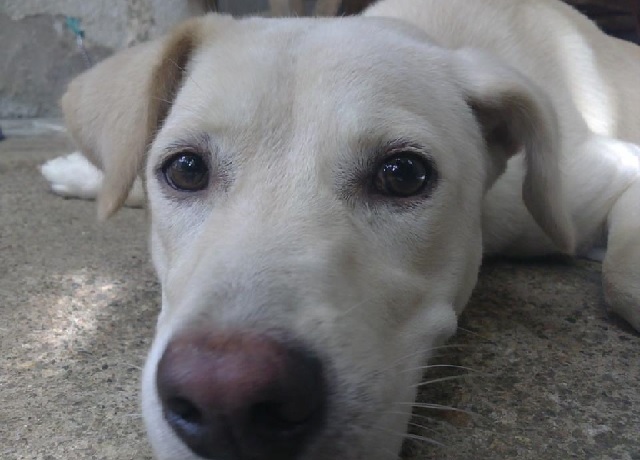
Usually baby teeth fall out before adult teeth grow in. What happens if the baby teeth don’t fall out? Retained puppy/kitten teeth (‘baby’ teeth that don’t fall out) are very common. A retained tooth is not a life-threatening issue, but it needs to be fixed. These teeth are usually removed at the time of spay/neuter. Most of the time, owners don’t even realize that their pet has a retained tooth. It is usually noticed by the veterinarian during a routine physical exam.
Just like humans, dogs and cats have two sets of teeth. Their first teeth are called their ‘baby’ teeth. Most people are familiar with these teeth as they are small and needle-sharp! These teeth are called ‘deciduous teeth’, because they fall out (like deciduous trees lose their leaves every fall). At some point during their development, puppies and kittens lose their deciduous teeth, and adult teeth grow in. This usually happens around 3-4 months of age in kittens, and 4-5 months of age in puppies. Since pets are usually spayed or neutered around six months of age, all of the deciduous teeth should be gone by that time.
The veterinarian will notice if your pet has any deciduous teeth remaining during the physical examination that is performed before the spay/neuter surgery. What they will see (and sometimes the owner notices too) are two teeth side by side. One tooth is usually smaller; this is usually the deciduous tooth. They are pushed very close against each other. Deciduous teeth always need to be removed. As we said before, deciduous teeth are not a life-threatening problem. But what can happen is that the deciduous tooth may push the adult teeth out of position. The mouth is designed so that teeth are located in specific places. This means that teeth are lined up correctly to allow the animal to eat properly. For example, when the mouth is closed, a proper mouth has the top teeth slightly in front of the bottom teeth and the bottom canines (the long pointy teeth) should be in front of the top canines.
If the deciduous teeth push the adult teeth out of position, a few things can happen. The mouth might not close properly. Also, the tooth may rub on the gum or palate (roof of the mouth). This can cause pain, bleeding, and/or infection. Deciduous teeth can also break, leaving a painful piece of tooth in the mouth, which can potentially get infected. Also, it is very easy for things to become stuck between the adult and deciduous teeth. On the other hand, sometimes deciduous teeth cause no problems. However, tooth removal is fairly simple, so it is strongly recommended to have deciduous teeth removed at the time of spay/neuter in order to prevent problems.
So how are the teeth removed? The veterinarian has to be very careful in order to remove the whole tooth, and not leave any pieces behind. They use a special dental tool to dig into the gum and lift out the whole tooth, including the root. The tooth is removed and the gum surrounding the edge of the hole is sewed up. Veterinarians are very skilled at this surgery, because removing deciduous teeth is common.
After the tooth is removed, the spay/neuter continues as normal. Complications are very rare after the removal of a deciduous tooth. Depending on your veterinarian, they may decide to give your pet extra anti-inflammatory medication and/or antibiotics after the surgery. This is in order to decrease inflammation and prevent infection, because the mouth is full of bacteria.
Your pet should have lost all of its puppy/kitten teeth by 4-5 months of age. If there are still deciduous teeth left at the time of spay/neuter, these teeth should be removed. If they are not removed, deciduous teeth can push adult teeth out of position. This may lead to more serious and expensive problems in the future. If you or your veterinarian notices that your pet hasn’t lost all of its deciduous teeth, make sure you talk to your veterinarian about promptly removing them.
By Ashley O’Driscoll – Pets.ca writer
 How to Calm a Dog During a Thunder Storm
Does your dog go absolutely
How to Calm a Dog During a Thunder Storm
Does your dog go absolutely
 3 Tips to Stop your Dog from Pulling on the Leash While Walking and Keep Your Arms in Their Sockets
If you find walking your dog
3 Tips to Stop your Dog from Pulling on the Leash While Walking and Keep Your Arms in Their Sockets
If you find walking your dog
 Worlds Smallest Dog Breeds
Maybe it’s due to Holl
Worlds Smallest Dog Breeds
Maybe it’s due to Holl
 Canine Nutrition and Wellness Part 1: Choosing the Right Commercial Food for Your Dogs
Our canine friends love to e
Canine Nutrition and Wellness Part 1: Choosing the Right Commercial Food for Your Dogs
Our canine friends love to e
 A Review of The Invisible Fence
Chubbymy pet LabradorI have a pet dog, named him Buddy, he i
A Review of The Invisible Fence
Chubbymy pet LabradorI have a pet dog, named him Buddy, he i
Copyright © 2005-2016 Pet Information All Rights Reserved
Contact us: www162date@outlook.com